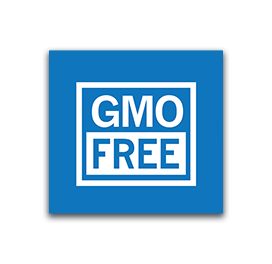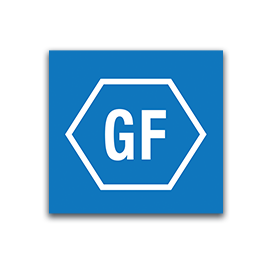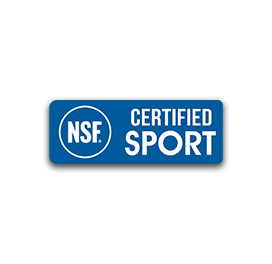Is a 100 Mile Run a Long Enough Race to Really Challenge?
 Phil Rosenstein decided he wanted to do an Ironman triathlon in 2004, before he even knew the length of the race.
Phil Rosenstein decided he wanted to do an Ironman triathlon in 2004, before he even knew the length of the race.
“I ran cross-country in high school – the longest race was five miles or something,” he recalls. “I somehow got it into my head that I wanted to do an Ironman triathlon. Later that year, I ran my first marathon and six months later did the first Ironman.”
Then Rosenstein joined an Endurance List e-mail group and discovered ultrarunning when the first post was “At what point in a race do you sleep?” – which he first assumed was a mistranslation by an international runner.
Going Farther
“I didn’t know that stuff even existed or people could even do that,” he says. “These guys are elite professional athletes. There’s no way I could possible do this – could I? Maybe. Maybe if I really focused hard and trained hard. You get carried away. That’s what happens with a lot of us. A marathon’s not far enough. We’ve got to go farther than that.”

Rosenstein ran his first 100-mile race in Vermont in 2005, months after his first Marathon. He did two more that year, then five 100s, three 50s, two Ironman and one double Ironman in 2006.
In 2007, he tied with another runner for the most races 100 miles or more – nine 100s and three 150s.
“It became a lifestyle for me for a while,” says Rosenstein, who left his international pharmaceutical marketing job to become an animal control officer, then took a domestic pharmaceutical job where he often gave Monday presentations after a weekend of running. When that company was sold in late 2007, his severance supported him for a year.
“For a while, I was a professional runner,” he says. “It was the central part of my life really right up until 2010 or 2011. It was what I focused my life around. For three or four years, all I was doing was running races, giving speeches to running clubs about running, volunteering, pacing, coaching,”
In 2008, Rosenstein ran the Badwater 135 (from Death Valley up Mt. Whitney) just months after lung surgery because of complications from pneumonia. Doctors said his powerful cardiovascular system saved his life.
Three weeks later he started a 3,300-mile run across the country – Los Angeles to Chicago to Atlantic City, N.J, in 92 days, pushing a cart with his sleeping bag, clothes, and water. I just refused to give up
“I still don’t really look at it as I’m superhuman,” he says. “It’s just because I wouldn’t quit. I was like a robot bouncing against a wall until either the robot breaks or the wall breaks. I just refused to give up.”
Rosenstein found The Right Stuff about four years ago, a research-based product that improved on the trial-and-error attempts at physical care he had done in the past. (Editor’s Note: Published studies show the formula is significantly better for fighting dehydration symptoms, protecting the body from overheating and increasing athletic endurance by over 20% more than any other NASA-tested formula).
“I used to joke that I put lotion on my feet that is made for cows and sold to farmers,” he says. “I used Pedialyte for kids, Ensure for old people. At the time it was ‘whatever works for you.’ This NASA-developed product was actually designed for this. A lot of time, money and energy was spent developing this and it’s what we found works. The Right Stuff works really well as far as giving your body the electrolytes it needs.” He takes a serving in every other water bottle during the day, every third bottle at night. “That’s what seems to work best for me. My legs always feel fresher at the end.”
Rosenstein, 44, married Karla, whom he met when she was a novice runner at a race in Leadville, Colo., several years ago. He lives in Colorado and works in inventory management. He last ran a 100-mile race in November 2012 because he is recovering from a fifth bout with pneumonia.
“I miss it,” he says. “It’s a culture all by itself. When I started doing these crazy races, there were 25 races in the country and probably 1,000 finishers a year – 75 to 100 people who would do more than one. It’s a small community. The sport’s grown a lot, but I do miss the people, the friendships, the places. You’re always running these races in beautiful parks – and the camaraderie you have! It’s 2 a.m., you’re at mile 75 or 80, it’s pouring rain, it’s 45 degrees. Whoever you come across on the trail is now your best friend in the world.”






